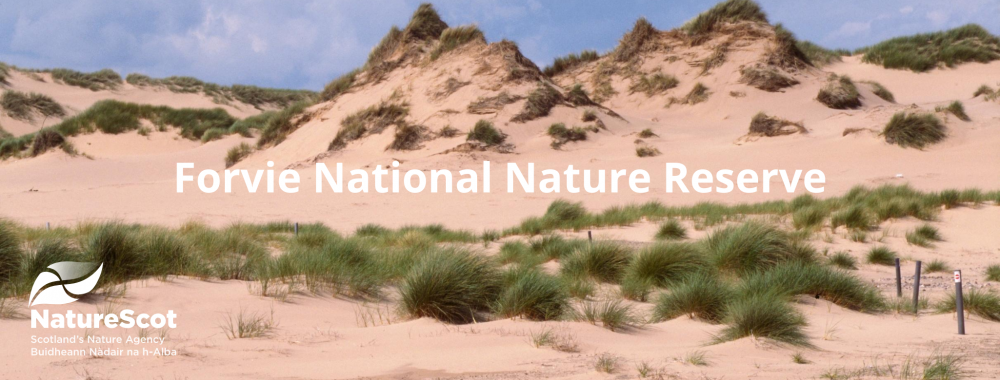It’s been a grey old week on the reserve. Of course, the problem about writing about the weather on the blog is that it’s usually totally different to what you’re talking about by the time it’s published – you say what a great week we’ve had and it lashes rain, or vice versa. This week, winds out of the north and east have kept it cold, and it only started to feel warm on odd occasions through the week. It seemed to put spring on hold – flowers which looked like they were about to burst into bloom have stayed budded and the birds, who were trying a few snatches of song last week, have gone quiet again. Everything seemed to be having a bit of a sulk, waiting for warmer days.


Only the hazel catkins seemed to be giving us a splash of colour on the grey days. The hazel tree at Waterside carpark is festooned with golden catkins just now. Opening early in the year – sometimes even at the end of the previous year – they provide a welcome hint of spring colour before anything else gets going.


For a day or two mid-week, while not that sunny, it had definitely warmed up. You’d come out the house and think, oooh, that’s a different air today. Not so cold, and and that bitter, bony, gnawing wind chill had gone. And the response from the wildlife was almost instant. On Thursday morning there was a song thrush singing somewhere in the Collieston direction, and this was the also the first day we heard the frogs and toads getting it on in the ditch at Sand Loch.

You have to listen quite carefully to hear them. It’s not a loud sound and can often – until you get close to the ditch – be drowned by the sound of the wind or sea (or helicopters – we are on the flight path here and some days you can’t hear yourself think). But it’s worth pausing, and bending down by the ditch and listening for that warm, froggy chorus. Somewhere between a burp and a purr, it’s the sound of love in the amphibian wold.

While I’ve never seen frogs clasped together out of the water, toads are a different matter and males will often ‘hitch a ride’ on a female, the idea being that he’s in prime mating position when they reach water. While we often picture amphibians as being associated with water, some, like toads, spend much of their lives away from water. But they have to return to breed and many will head for the pond where they themselves were spawned. For toads, this can involve journeys of up to 5 kilometres – that’s a long way when your legs are that short! It’s also an incredibly risky time of year for them – many toads die crossing roads, and their single-minded drive to get to a breeding site and mate also makes them easy prey for everything from herons to otters to badgers. I’ve even seen a sea eagle swoop down and fly off with a talon-full of toads that must have formed a big mating ball.

Away from the fresh water, there have been some massive tides on the estuary this week. We’re approaching the spring equinox and often we have huge tides around then. Inch Geck, the island in the Sleek of Tarty, had almost disappeared on Monday.

While the huge tides cover the mudflats and conceal the birds’ feeding areas, they can often open up new places to feed. Redshank in particular love poking around the saltmarsh on a very high tide, and you see them in places they normally don’t use.

Inevitably, the high tides have brought and left marine litter on the beach. Good time to do a beach clean then – and there’s one on next Thursday for Climate Week North-East. Details of how you can join in are here – any help gratefully received!

Another spring sign is the return of the fulmars, or maalies, to the Forvie cliffs. Usually the first bird to return to the cliffs (except maybe the ravens), they have the longest breeding season of any of our seabirds. They will start hanging around in March, establishing territories and re-establishing their pair bonds. They often remind us of old married couples bickering when they gurk and cackle at one another and, probably, in a way they are. They are monogamous and mate for life, and can live up to 60 years – so they may have been with the same partner for a very long time indeed!

They won’t lay an egg until May, then will incubate it for around 50 days. Then, it will take the chick over two months to mature. They are here for the long haul so keep an eye out for them if you are walking the cliffs this weekend.

Lastly, Friday saw another landmark in Forvie’s year. Despite it being a dreich, grey, cold and wet morning, the black-headed gulls were back on their ancestral colony site for the first time this year. The happy babble of gulls could be heard on the wind from across the water at Newburgh beach, as the birds bickered and postured and chatted one another up. These most social of birds are gearing up for a busy breeding season ahead, and despite Friday’s grim weather, they sounded full of the joys of spring.


Well it definitely looks and sounds like Forvie’s wildlife is ready for spring. So come on now, weather, do us a favour please…
